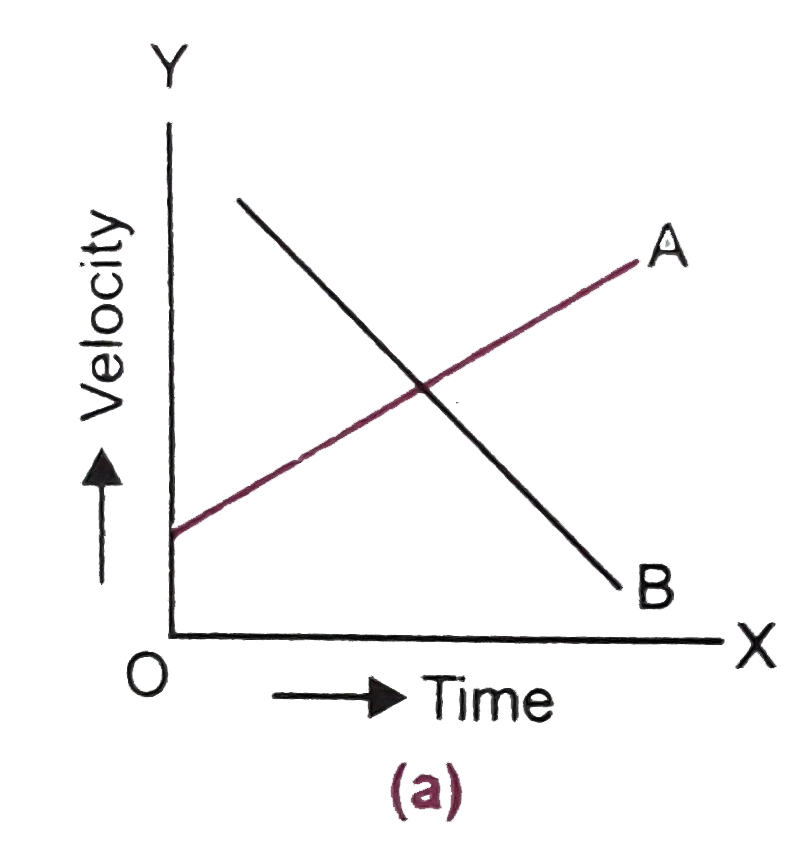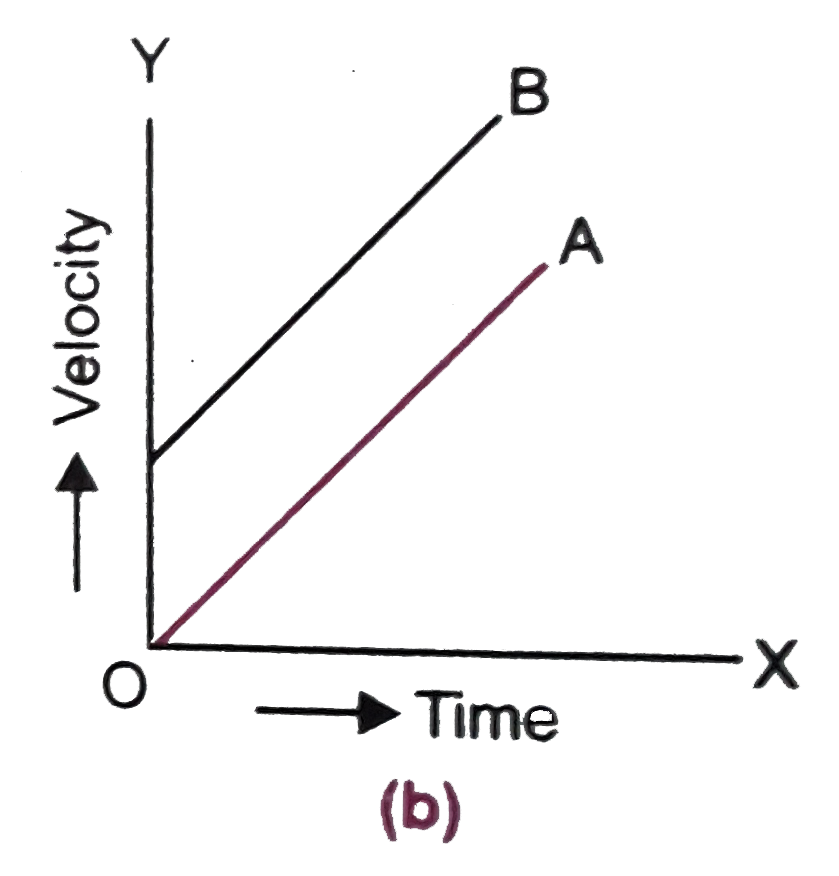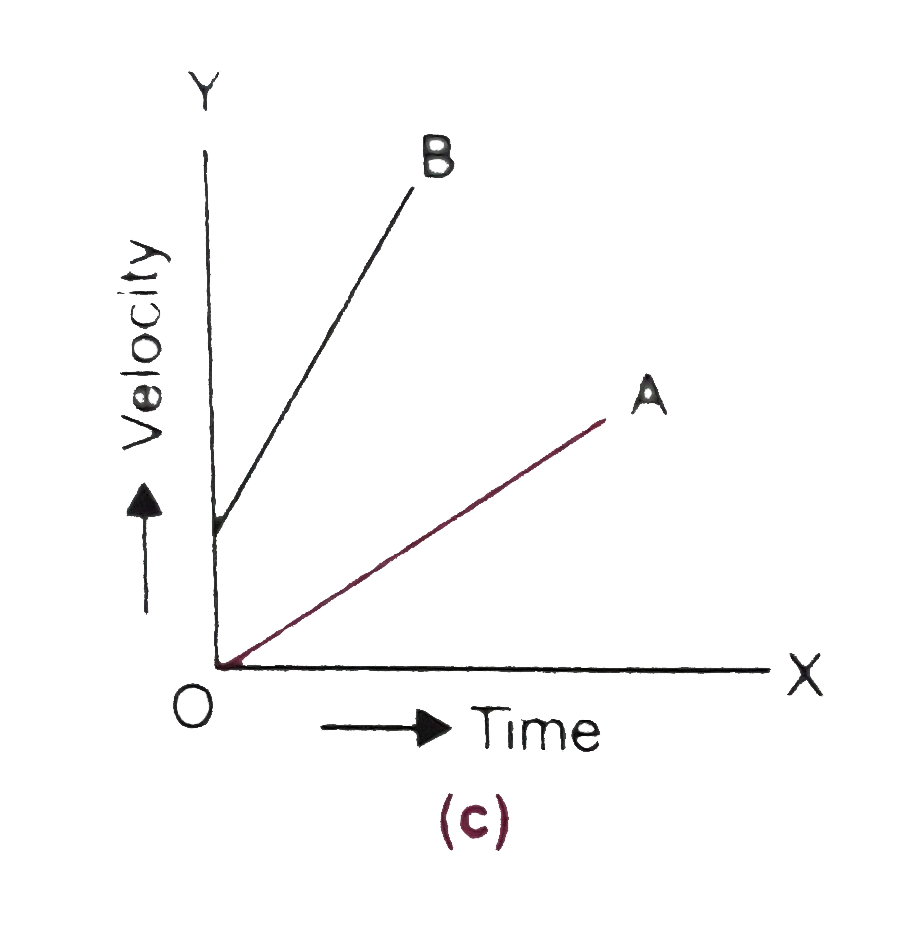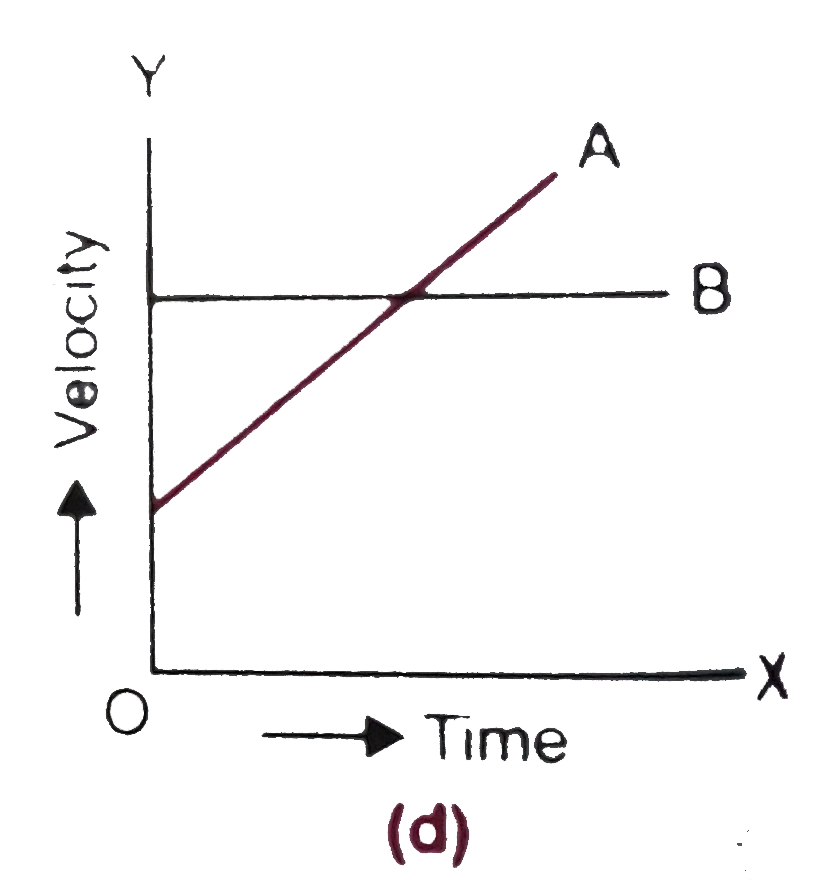A body starts from rest and then moves with uniform acceleration. Then.
Its displacement is directly proportional to square of time
Its displacement is inversely proportion to the square of the time.
It may move along a circle.
It always moves in a straight line.
The correct Answer is:A, D
From s=12st2,u=0
s∝t2, since the particle starts from rest and accelration is constant., so there is no change in the direction of velocity and the particle moves in a straight line always.
Topper's Solved these Questions
- KINEMATICS-1BOOK - CENGAGE PHYSICSCHAPTER - KINEMATICS-1EXERCISE - Assertion-reasoning
5 Videos
- KINEMATICS-1BOOK - CENGAGE PHYSICSCHAPTER - KINEMATICS-1EXERCISE - Linked Comprehension
30 Videos
- KINEMATICS-1BOOK - CENGAGE PHYSICSCHAPTER - KINEMATICS-1EXERCISE - Graphical cancept
1 Video
- GRAVITATIONBOOK - CENGAGE PHYSICSCHAPTER - GRAVITATIONEXERCISE - INTEGER_TYPE
1 Video
- KINEMATICS-2BOOK - CENGAGE PHYSICSCHAPTER - KINEMATICS-2EXERCISE - Exercise Integer
9 Videos
Similar Questions
A body starts from rest and moves with uniform acceleration, then the distance described in the (n2+n+1) th second is equal to the distance described in the first n seconds together with the distance described in the first (n+1) seconds.
View SolutionA body starts from rest at A and moves with uniform accelerationa in a straight line. T seconds after,a second body starts from A and moves with uniform velocity Kinthe same line. Prove that the second body will be ahead of the first for a time 2a√V(V−2aT)
View Solution
Knowledge Check
A body starts from rest and moves with uniform acceleration. What is the ratio of kinetic energies at the end of 1st,2nd and 3rd seconds of its journey ?
A1:8:27B1:2:3C1:4:9D3:2:1A body A starts from rest and moves with a uniform acceleration along a straight line. Another body B has some initial velocity and moves with larger acceleration than that of A. The correct velocity time graphs
A B
B C
C D
D
A body of mass 2kg starts from rest and moves with uniform acceleration. It acquires a velocity 20ms−1 in 4s.
The power exerted on the body at 2s isA(a) 50WB(b) 100WC(c) 150WD(d) 200W
a. If the velocity of a body is zero, does it mean that its acceleration is also zero ? (Yes//No)
b. If the acceleration of a body is zero does it mean that its velocity is also zero ? (Yes//No)
c. If a body travels with uniform acceleration a1 for a time t2 thenthe average acceleration is given by
aav=a1t1+a2t2t1+t2(Yes/No)<br>d.Ifabody⋆tsomrestandmoveswithuniformae≤rationthedisplacemectsofthebodyis1 s,<br>2 s, 3 s,etc.,are∈therationof(1:4:9),etc.(True/False)
e. For a body moving whith uniform acceleration, the displacent of the bosy in successive seconds is in the ration of 1:3:5:7.........................(True//False) .
View SolutionA body starts from rest and moves with a uniform acceleration of 10ms−2 for 5 seconds. During the next 10 seconds it moves with uniform velocity. Find the total distance travelled by the body (Using graphical analysis).
View SolutionThe ratio of the distances travelled by a body starting from rest and moving with uniform acceleration in the first, third and fifth seconds of its journey is
View SolutionA body of mass 2kg starts from rest and moves with uniform acceleration. It acquires a velocity 20ms−1 in 4s.
Find average power transferred to the body in first 2s.
View SolutionA body starting from rest and moving with uniform acceleration will have
View Solution